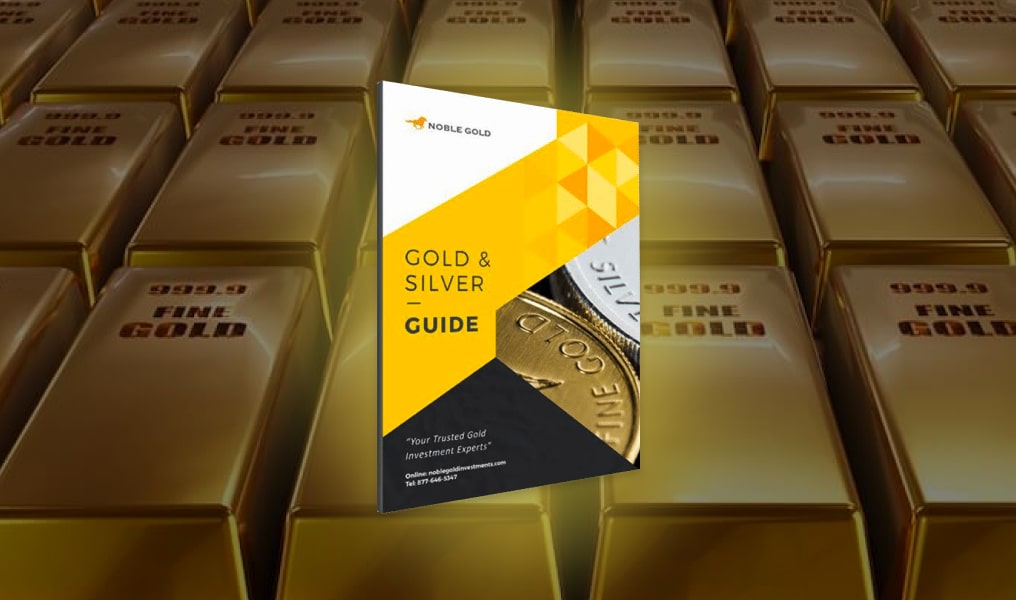Last year in July of 2021, The World Gold Council reported that many new countries like Brazil, Hungary, and Thailand had joined the gold buying party.
Brazil was the largest purchaser in a country by country breakdown, followed by Uzbekistan and India. Turkey, Russia, Kazakhstan, and Mongolia added a significant amount of Gold to their reserve too.
Some central banks did slow down their buying during the pandemic, but in 2021 central banks added 463 tons of Gold to global reserves, an 82% increase from 2020. Many of them are back to hoarding Gold and they are not alone.
Billionaires have been buying Gold this entire time, and they are hoarding it too. Billionaires contribute to the gold buying party, and they are not stopping.
Central banks and billionaires share the same reasoning to buy Gold and hoard it for years. They trust Gold. They believe in its ability to protect and store the value of your wealth.
Central Banks Count On Gold
Why, of all the assets in the world, do central banks count on Gold to protect their country’s economy?
#1- Based on decades of data, no other asset can mitigate risk as Gold does.
Gold is a well-known safe haven prone to acting positively in times of uncertainty and market volatility. Investors view Gold as an asset that holds no liability, adding to its ability to mitigate risk.
American banker and financier JP Morgan once said, “Gold is money. Everything else is credit.”
Central banks look to purchase Gold as a hedge against a weakening dollar or fiat currency.
The Dutch National Bank said they always have a lot of Gold in stock. After all, Gold is the ultimate nest egg: the trust anchor for the financial system. If the entire system collapses, the gold supply provides collateral to start over. Gold gives confidence in the strength of the central bank’s balance sheet. That gives a safe feeling.
#2 – Gold is a hedge against inflation
Inflation is the rise in the price of a basket of goods.
For inflation to not dramatically impact a country’s economy, the nation requires investments that are not tied to the dollar. Gold has no ties to the dollar. In fact, Gold has no relationship to anything.
Each time the economy collapses or the dollar weakens, Gold goes up.
#3- It has zero counter-party risk. The gold market is global, and the metal carries zero counterparty risk. It cannot go bankrupt, default, or otherwise screw its owners. Gold is recognized and valued all over the globe and counts as a form of payment everywhere you go in the world.
#4- Gold cushions growth
As currencies become increasingly devalued, banks must ensure their respective economies don’t go down. Take a look at Chinese and Russian central banks. Owning Gold prevents their economy from tanking entirely.
Gold is the ultimate currency, and having a gold holding as part of central bank reserves provides central planners a powerful tool to intervene in the markets.
Luckily, the U.S. holds the most extensive gold reserve. It has twice as much as the second placer, Germany.
Italy, France, and Russia take the third, fourth, and fifth spots. China and Switzerland hold the sixth and seventh positions.
What is vital for you to realize is that while these are central banks we are talking about, these reasons are also applicable to your portfolio. Like the rest of the countries in the world, you need a hedge, a store of value, a cushion against possible economic distress.
Billionaires Like Gold Too
Diversification is the one strategy common among the very few billionaires globally. They distribute their wealth in different assets, but metals like Gold, silver, palladium, and platinum tend to become a favorite because of their ability to punch above their weight.
Exhibit A: Jeffrey Gundlach, a money manager, dubbed the “Bond King,” has a Net Worth of $2.1 billion. He uses Gold to hedge against what he sees as a weakening U.S. dollar. In the next 18 months, the price of Gold may climb to $3,000. That’s an increase of 800% since Gundlach first bought Gold.
Exhibit B: Naguib Sawiris, an Egyptian billionaire, is worth about $2.9 billion. Sawiris buys Gold as a means of crisis protection. He put half of his net worth in Gold in mid-2018 to protect himself from a potential stock market crash and take advantage of Gold’s potential upside. His investment has paid off.
Back in April of 2018, Sawiris said that people tend to go to Gold during crises. At the time of his investment, he already believed we were in a crisis.
Exhibit C: Hedge fund manager Paul Tudor Jones has a net worth estimated at $5.1 billion. Tudor Buys Gold as an antidote for equities. He knew that gold “will be the antidote for people with equity portfolios” amid fears of a global economic downturn, including the real possibility of a U.S. recession in the future.
Like Sawiris, he said this even before any clue of a pandemic reached any part of this world.
Jones told Bloomberg back in June of 2019 that gold “has everything going for it in a world where rates in the U.S. are conceivably going to zero.”
Exhibit D: Sam Zell, a 77-year-old real estate titan, has a net worth estimated at $5.5 billion. Zell told the Bloomberg news service back in January 2019 that he bought gold for the first time in his life as a “good hedge.” Although Zell didn’t cite the type of hedge, Gold is widely known as a hedge against inflation, currency depreciation, and the weak performance of various other asset types.
Exhibit E: Ray Dalio is the world’s biggest hedge fund founder and is worth about $18.7 billion.
In a July 2019 post on LinkedIn, Dalio said that “one factor tipping the balance toward Gold is that low returns plague too many other asset types. On the other hand, Gold performs well when the currency depreciates and when domestic and international conflicts are flaring. It also creates a ‘better balanced’ portfolio that includes Gold, could reduce risk and enhance returns.”
He says a well-diversified portfolio should contain a decent share of Gold.
Exhibit F: Lord Jacob Rothschild is a British banker. Although previous claims that the family owns 83% of the world’s wealth may be an exaggeration, saying he is still a billionaire is not. The man alone is worth $5 Billion. In 2016, Lord Jacob famously declared that the Rothschild family was dumping the U.S. dollar and replacing it with other currencies and Gold. Changes in yields and monetary policy prompted that shift.
Exhibit G: Stanley Druckenmiller founded the Duquesne capital worth $4.7 Billion. Druckenmiller managed to generate an average annual return from his fund of 30%, with an incredible run of success that ran from 1986 to 2010, without ever having a losing year in all that time.
Druckenmiller quit while he was ahead and closed his fund in 2010, but the critical point to note is that he subsequently holds 20% of his entire portfolio in Gold.
Exhibit H: David Einhorn. Einhorn founded the Greenlight Capital in 1996 and went from $900,000 in wealth to $11 billion. Having suffered many losses, David Einhorn realized that only Gold could protect him against inflation.
He believes that the Fed’s intervention in markets has added to the attraction of holding Gold over the green, so his fund continues to hold about 10% of its value in gold bullion.
In the second quarter of 2020, American business magnate and investor Warren Buffet purchased a 20.9 million stake in Barrick Gold (a gold mining company). Although Buffet didn’t physically buy the metal, it was surprising that he turned to an investment in Gold. Buffet has a history of not favoring Gold as any form of investment. So spending 20.9 million on Gold as a safety net was surprising.
These are only some of the billionaires protecting their wealth through Gold and other precious metals.
If Others Are Doing It..
It’s simple. If central banks and billionaires invest millions of dollars in Gold and trust it as a store of value, people should do it.
Central banks and billionaires are buying all the Gold they can, and they’re not letting go of it. They understand that Gold is the only asset that will mitigate their investment risk.
These are countries and bright individuals who have years of experience monitoring the gold market and other financial markets. They know a precious investment when they see it. So join the gold-buying party too to do what these billionaires and banks are doing, protecting their financial future.
Click the link to learn how you can invest in precious metals to beat inflation or any economic turmoil.






